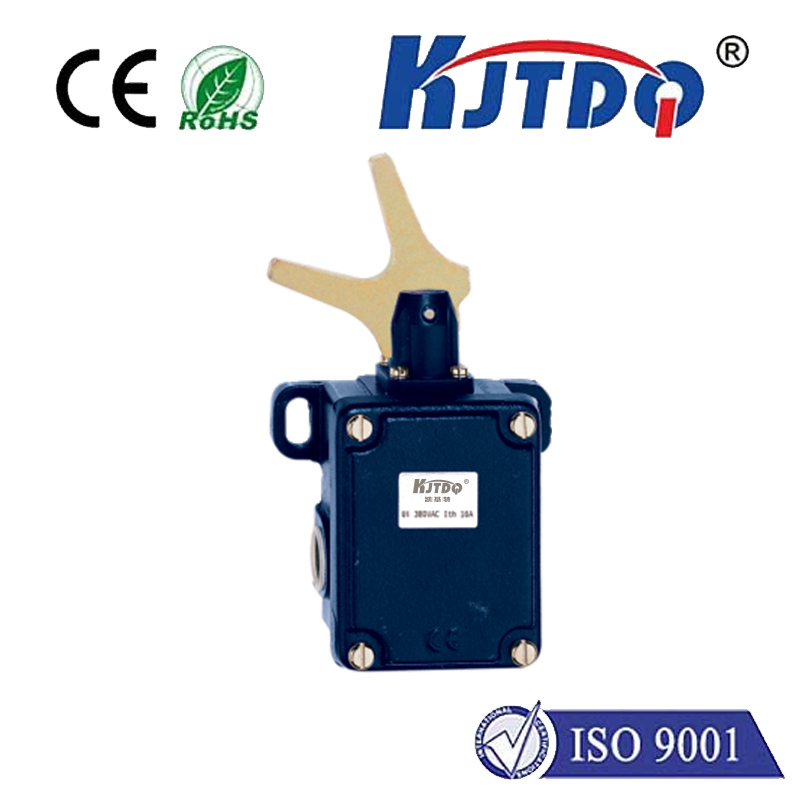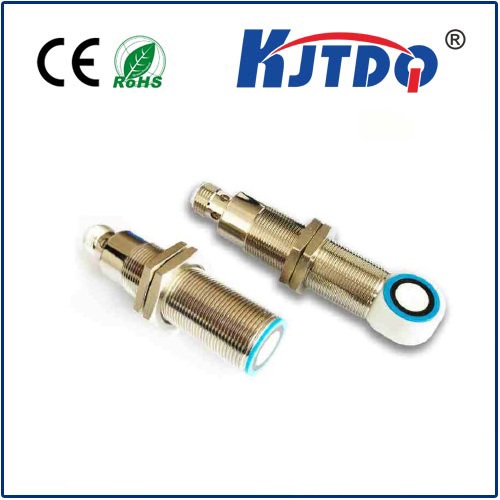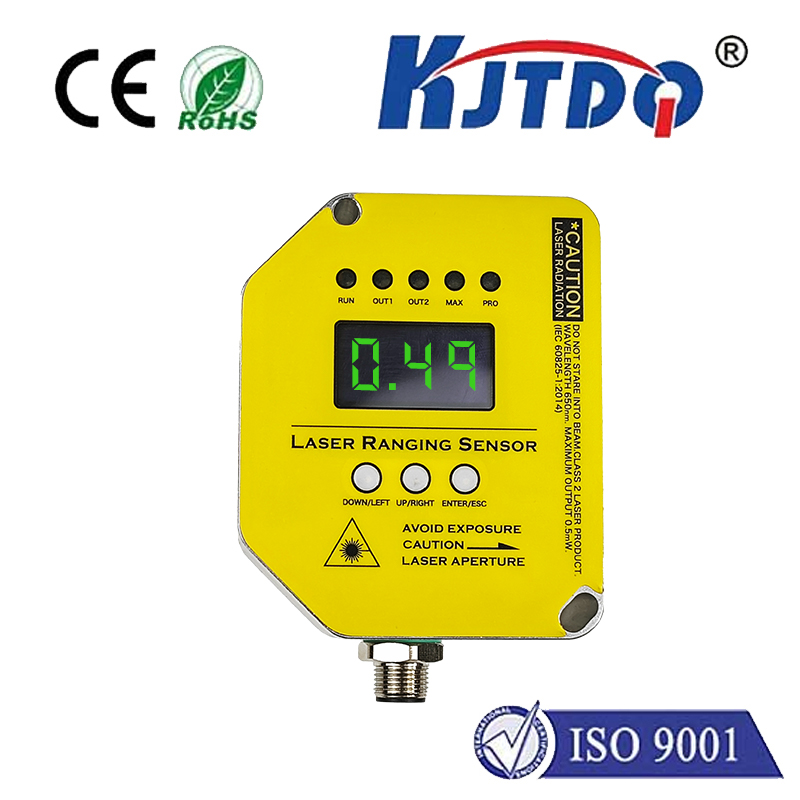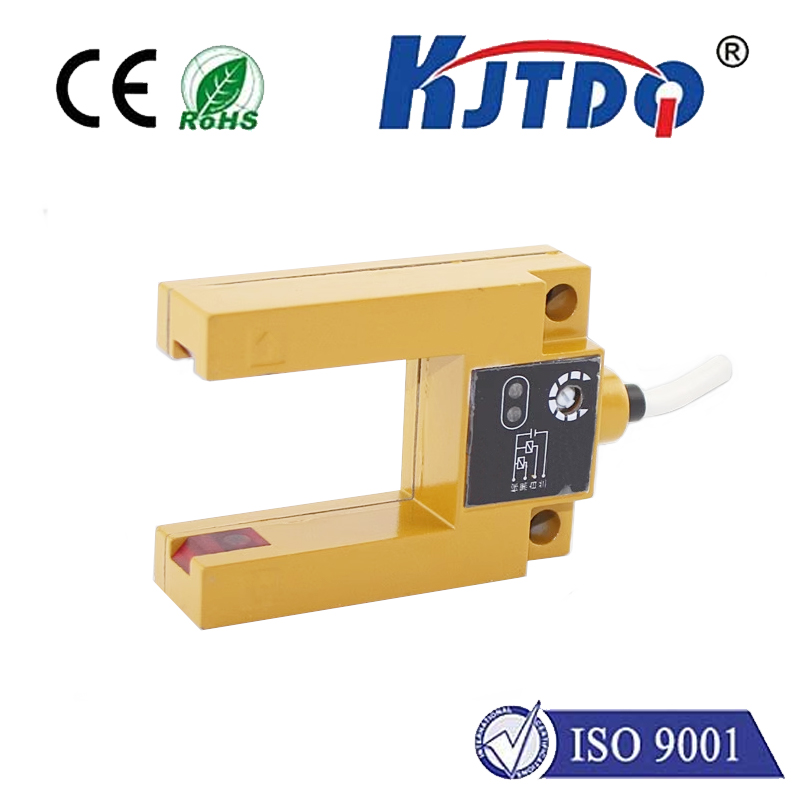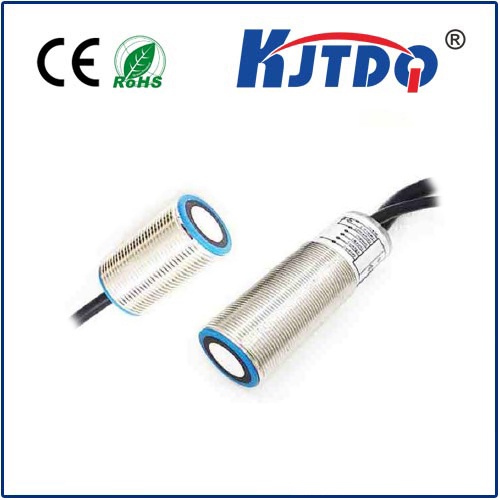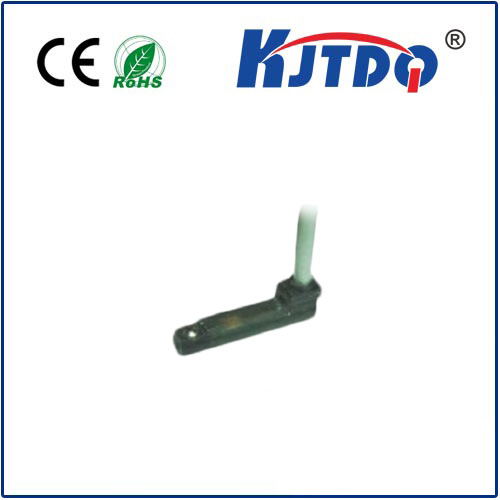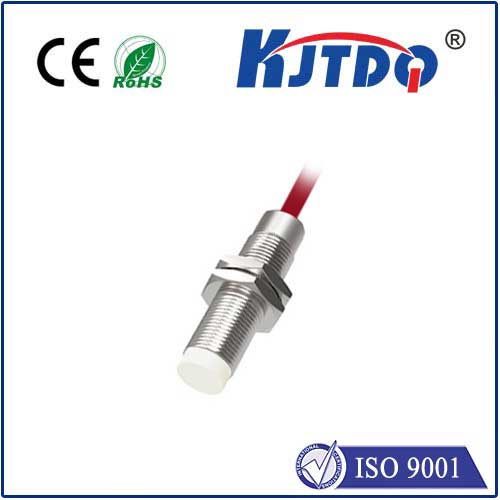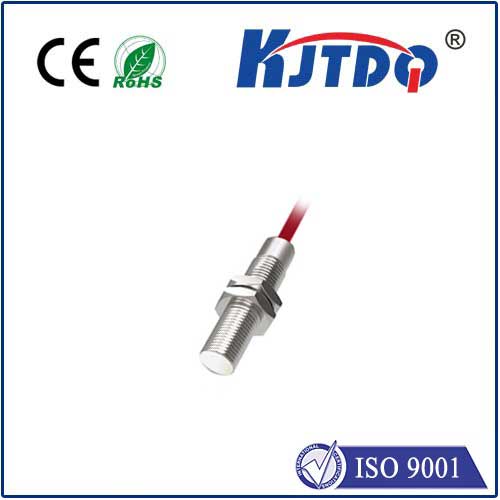
Проверка

Проверка

Проверка

Проверка

Проверка

Проверка
Imagine a massive conveyor belt in a bustling factory, moving products at lightning speed until—suddenly—it halts perfectly at the designated spot, preventing costly damage and ensuring worker safety. What makes this seemingly simple feat possible? The unsung hero is often a 220V limit switch, a compact device that quietly orchestrates precise control in high-voltage environments. This crucial component acts as a gatekeeper, triggered when machinery reaches a specific position, and its 220V rating handles industrial-scale power demands with ease. In this guide, we’ll delve into how 220V limit switches work, their diverse applications, and why they are indispensable for modern automation. You’ll discover why voltage compatibility and operational reliability make them a top choice for engineers and technicians worldwide.
At its core, a limit switch is an electromechanical device designed to detect the presence or absence of an object, typically by physical contact, and then open or close an electrical circuit. When we specify “220V,” it refers to the voltage rating—220 volts—which makes these switches ideal for industrial settings where higher power is standard. Unlike lower-voltage alternatives, a 220V limit switch can handle robust loads without overheating or failing, thanks to its sturdy construction and efficient current handling. For instance, in a typical setup, an actuator or lever makes contact with the switch as a machine part moves into position. This action triggers a microswitch inside, which instantly interrupts or completes the circuit, sending a signal to control systems like PLCs (Programmable Logic Controllers). The beauty of this mechanism lies in its simplicity: no complex software is needed, just reliable hardware that ensures timely responses to prevent over-travel or collisions. Engineers often prefer 220V switches for their high-voltage resilience, reducing the need for additional transformers and cutting installation costs in demanding environments like manufacturing plants.

Now, let’s explore the common types of 220V limit switches, each tailored for specific scenarios. The most widespread is the механический ограничитель, featuring a physical arm or roller that activates upon direct contact. These are favored for their durability in harsh conditions, such as dusty workshops or high-impact assembly lines. For example, in packaging machinery, a mechanical switch with a 220V rating can withstand repetitive jolts and vibrations, providing years of service without degradation. Another variant is the индукционный переключатель приближения, which uses electromagnetic fields to detect objects without touching them—perfect for clean-room applications like semiconductor manufacturing where contamination is a risk. Its 220V compatibility ensures it powers sensors reliably, even from a distance. Then we have rotary limit switches, equipped with rotating cams to manage circular motions, such as in crane systems that lift heavy loads. The versatility of 220V models means they’re often IP-rated for water and dust resistance, extending lifespan in outdoor or corrosive environments. Choosing between these types depends on factors like environmental exposure and load requirements—a key decision point that enhances efficiency and minimizes downtime.
The applications of 220V limit switches span countless industries, driving precision and safety in critical operations. In industrial automation, they’re integral to robotic arms or CNC machines, where accurate positioning prevents costly errors—like misaligned cuts in metal fabrication. Picture an automotive assembly line: a 220V limit switch on a welding robot ensures it only fires when parts are perfectly aligned, boosting productivity by 20% or more through error-free execution. Similarly, in elevator and hoist systems, these switches act as fail-safes. If an elevator car approaches the top or bottom floor too fast, a 220V-rated switch cuts power instantly, averting dangerous overshoots. Their high-voltage capability is vital here, as elevators often run on standard 220V supplies, ensuring seamless integration without power conversions. Beyond this, safety interlocks in machinery guards rely on 220V switches; for instance, when a protective door opens mid-operation, the switch halts the equipment immediately, protecting operators. This lifesaving function is why regulations in sectors like construction mandate their use. The broad reach of 220V limit switches also extends to renewable energy, such as wind turbines, where they monitor blade angles to optimize output and prevent overloads in variable winds. By enabling such diverse uses, these switches underscore their role as backbone components in modern infrastructure.
Why opt for a 220V limit switch over lower-voltage options? The advantages center on performance efficiency, cost savings, and enhanced safety. First, their high-voltage tolerance allows direct connection to industrial mains, eliminating the need for step-down converters—a feature that slashes installation time and expenses. For a factory upgrading its controls, this could save thousands in retrofit costs. Second, inherent durability means fewer failures; built with robust materials like stainless steel, 220V switches withstand extreme temperatures, shocks, and electrical surges, outlasting compes in reliability studies. This translates to lower maintenance and long-term ROI, as consistent operation reduces unplanned outages. Crucially, the safety benefits are paramount. By instantly interrupting circuits during faults, they prevent fires or equipment damage—a non-negotiable aspect in high-risk areas like chemical plants. Consider the statistics: industries using 220V models report up to 30% fewer accidents thanks to their fail-safe designs. Moreover, advancements like sealed contacts prevent arc flashes, adding an extra layer of protection in volatile settings. Ultimately, this combination of resilience and economy makes them an intelligent investment for scalable operations.
Selecting the right 220V limit switch involves key considerations to match your application needs. Start by evaluating the operating environment—will it face moisture, dust, or chemicals? Opt for IP67-rated switches for water resistance in outdoor use. Next, assess the mechanical load: heavy-duty applications demand switches with high actuation force ratings to endure constant stress without wear. Always consult specs like electrical ratings for voltage and current to ensure compatibility with your system; for example, a switch handling 10A at 220V might be ideal for conveyor motors. Don’t overlook the actuation method: roller-arm switches suit linear motions, while plunger types excel in compact spaces. Additionally, factors like response time and connection type (e.g., screw terminals for secure wiring) influence performance. For a seamless integration, partner with reputable suppliers who offer customization—many companies provide tailored 220V switches for niche scenarios, from food processing lines to renewable energy grids. By weighing these elements, you
